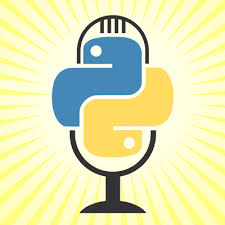Source – ziade.org
The last time I wrote a book, I was pretty sure I would not write a new one — or at least not about Python. Writing a book is a lot of work.
The hard part is mostly about not quitting. After a day of work and taking care of the kids, sitting down again at my desk for a couple of hours was just hard, in particular since I do other stuff like running. I stole time from my wife.
The topic, “microservices” was also not easy to come around. When I was first approached by Packt to write it, I said no because I could not see any value of writing yet another book on that trendy (if not buzzwordy) topic.
But the project grew on me. I realized that in the past seven years, I have been working on services at Mozilla, we did move from a monolithic model to a microservices model. It happened because we moved most of our services to a cloud vendor, and when you do this, your application consumes a lot of services, and you end up splitting your applications into smaller pieces.
While picking Python 3 was a given, I hesitated a lot about writing the book using an asynchronous framework. I ended up sticking with a synchronous framework (Flask). Synchronous programming still seems to be mainstream in Python land. If we do a 2nd edition in a couple of years, I would probably use aiohttp 🙂
The other challenge is English. It is not my native language, and while I used Grammarly and I was helped a lot by Packt (they improved their editing process a lot since my first book there) it’s probably something you will notice if you read it.
Technically speaking, I think I have done a good job at explaining how I think microservices should be developed. It should be useful for people that are wondering how to build their applications. Although I wished I had more time to finish polishing some of the code that goes with the book, thankfully that’s on GitHub, so I still have a bit of time to finish that.
Kudos to Wil Khane-Green, my technical reviewer, who did a fantastic work. The book content is much better, thanks to him.


